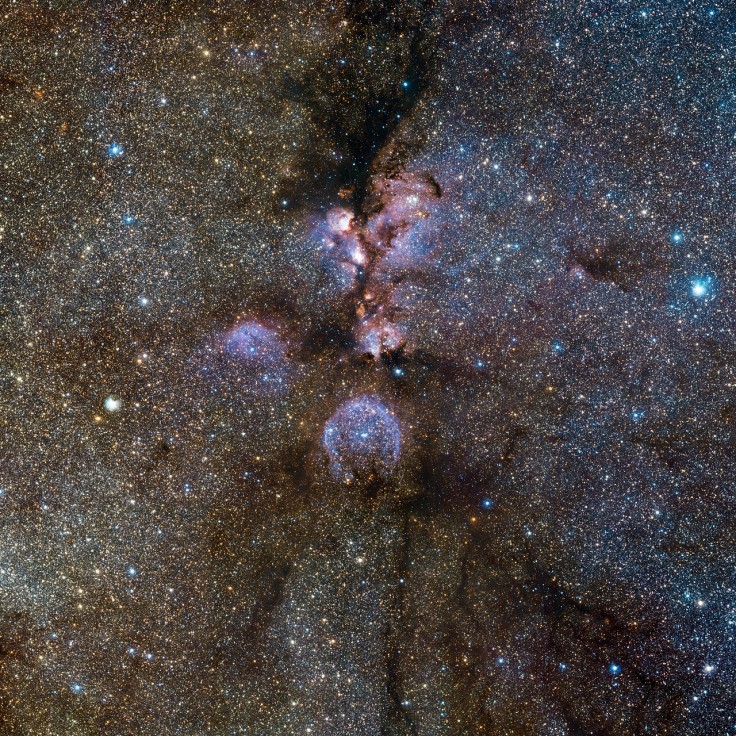Welcome to yet another #SpaceSnap feature! If this your first time encountering a #SpaceSnap article, it is a weekly series that we do here on iTech Post that showcases photos taken of and from space. Thus far, we have already featured dozens of photos of galaxies, nebulae, and many more!
For today's #SpaceSnap feature, we are taking a break from photos taken by the Hubble Space Telescope or the James Webb Space Telescope. Instead, we are shining the spotlight on a telescope operated by one of the space organizations in Europe.
In particular, we are going to talk about a nebula photo taken by a telescope that you might not have even heard of yet. It is none other than the photo of Cat's Paw Nebula taken by the Visible and Infrared Survey Telescope for Astronomy or VISTA.
Ready to see the photo and learn more about VISTA and the nebula itself? Well, keep scrolling because we are ready to get started!
VISTA's Photo of the Cat's Paw Nebula

Released on April 21, 2010, the image above is taken by VISTA and offers an infrared view of the Cat's Paw Nebula.
According to the European Southern Observatory (ESO), "The images were taken through Y, J and Ks filters (shown as blue, green and red respectively) and the exposure time was five minutes per filter."
Cat's Paw Nebula
Cat's Paw Nebula is also known as NGC 6334 and is sometimes also referred to as the Bear Claw Nebula. The ESO describes it as "one of the most active nurseries of young massive stars in our galaxy, some nearly ten times the mass of our Sun and most born in the last few million years."
It is located around 5,500 light-years away from our planet in the constellation Scorpius. According to the National Aeronautics and Space Administration (NASA), the Cat's Paw Nebula is an example of an emission nebula, which is pretty much a cloud of very, very hot gas.
Related Article: #SpaceSnap Take a Look at the Hubble Space Telescope's Photo of the Horsehead Nebula
VISTA: What Exactly is It?
Operated by the ESO since December 2009, VISTA is is a four 13-feet wide-field survey telescope that is part of the organization's Paranal Observatory and is described to work at near-infrared wavelengths. As of press time, it is the world's largest survey telescope that is focused on surveying the sky at the aforementioned wavelengths.
VISTA is housed on a peak that is adjacent to another telescope operated by the ESO, the Very Large Telescope or VLT. Both telescopes are located in Chile.
It was developed by consortium of 18 univerties based in the United Kingdom. Queen Mary, University London led the consortium of universities.
Per the ESO, VISTA is devoted to deep surveys, brown dwarfs, variable stars, and more.









